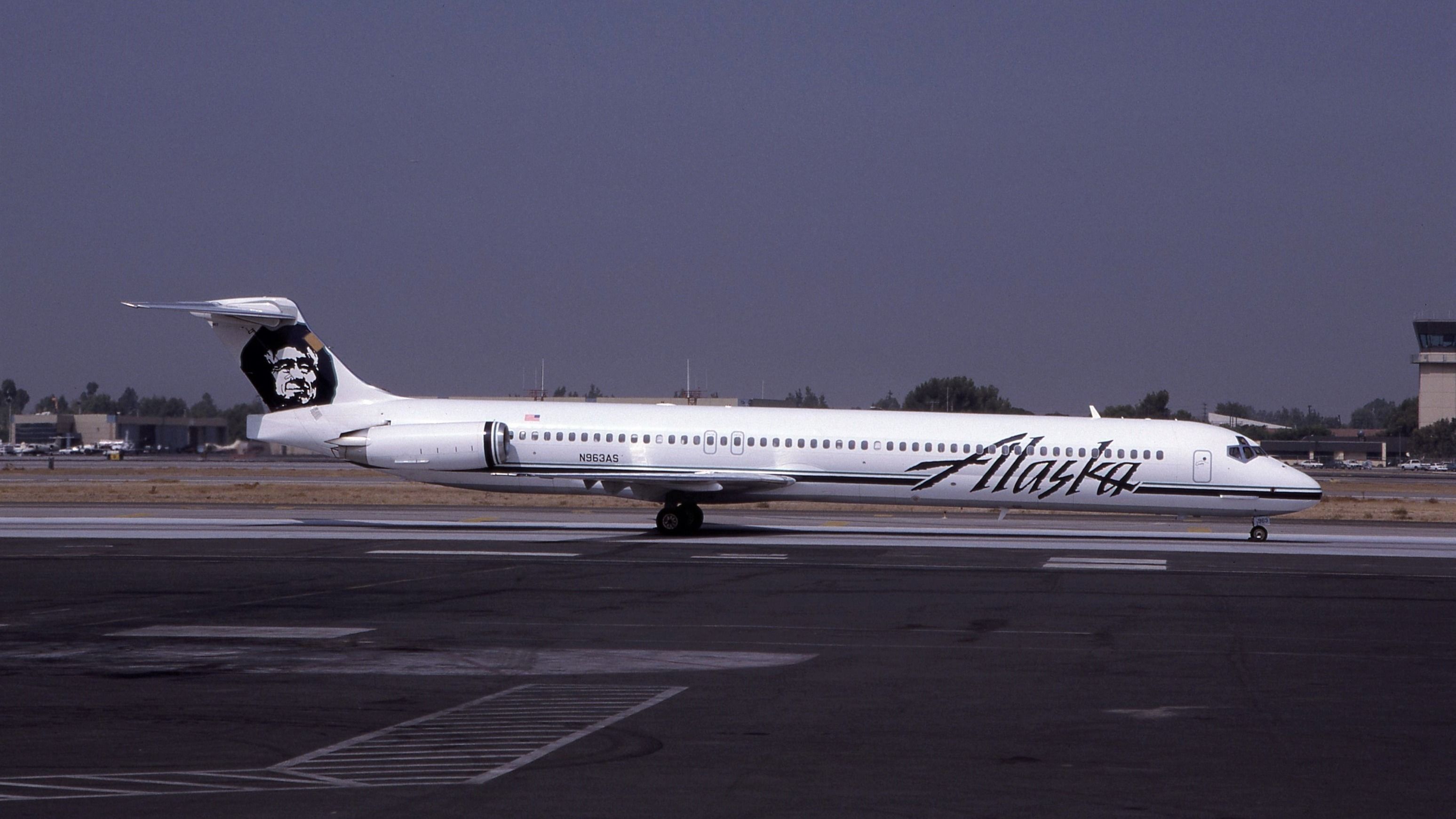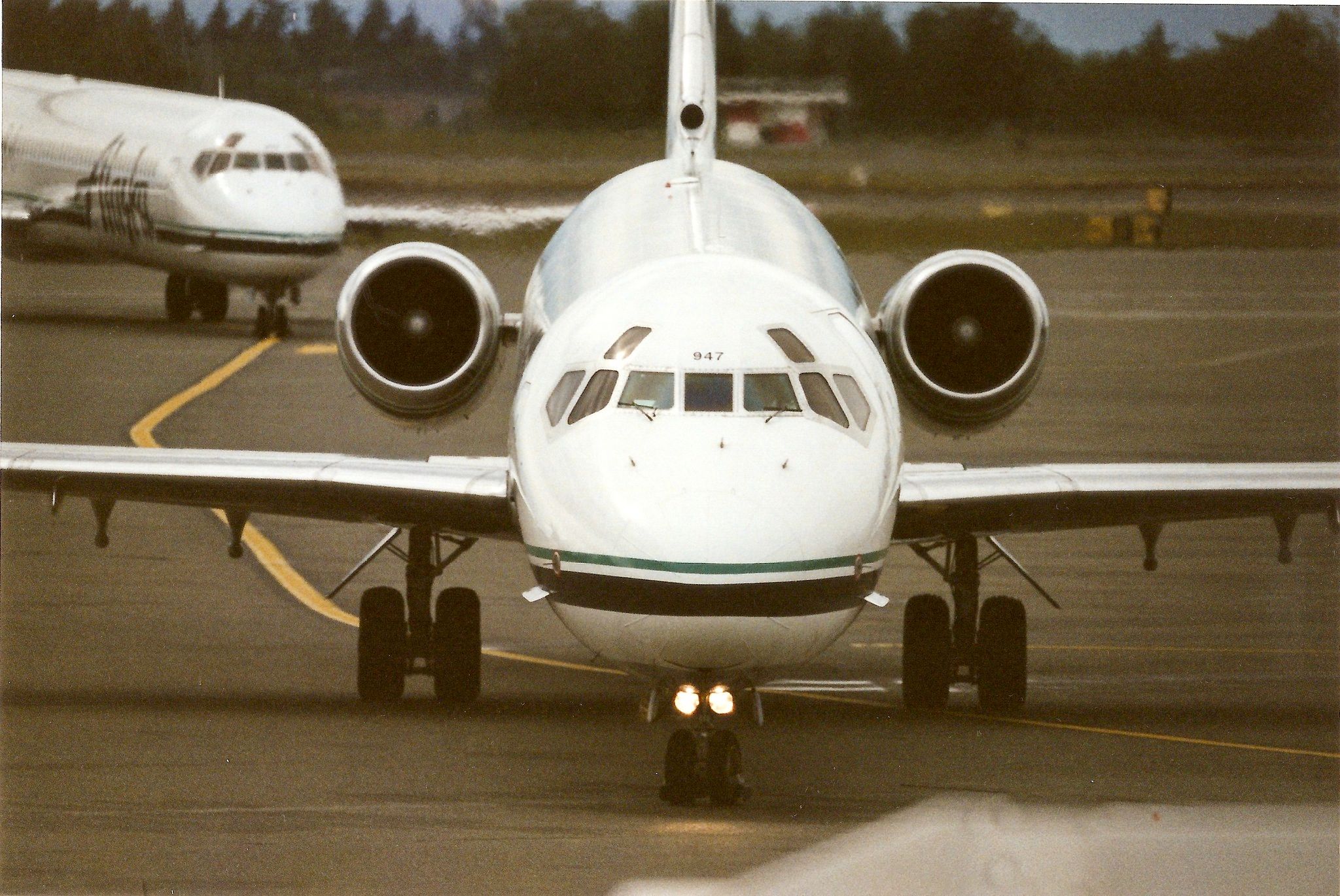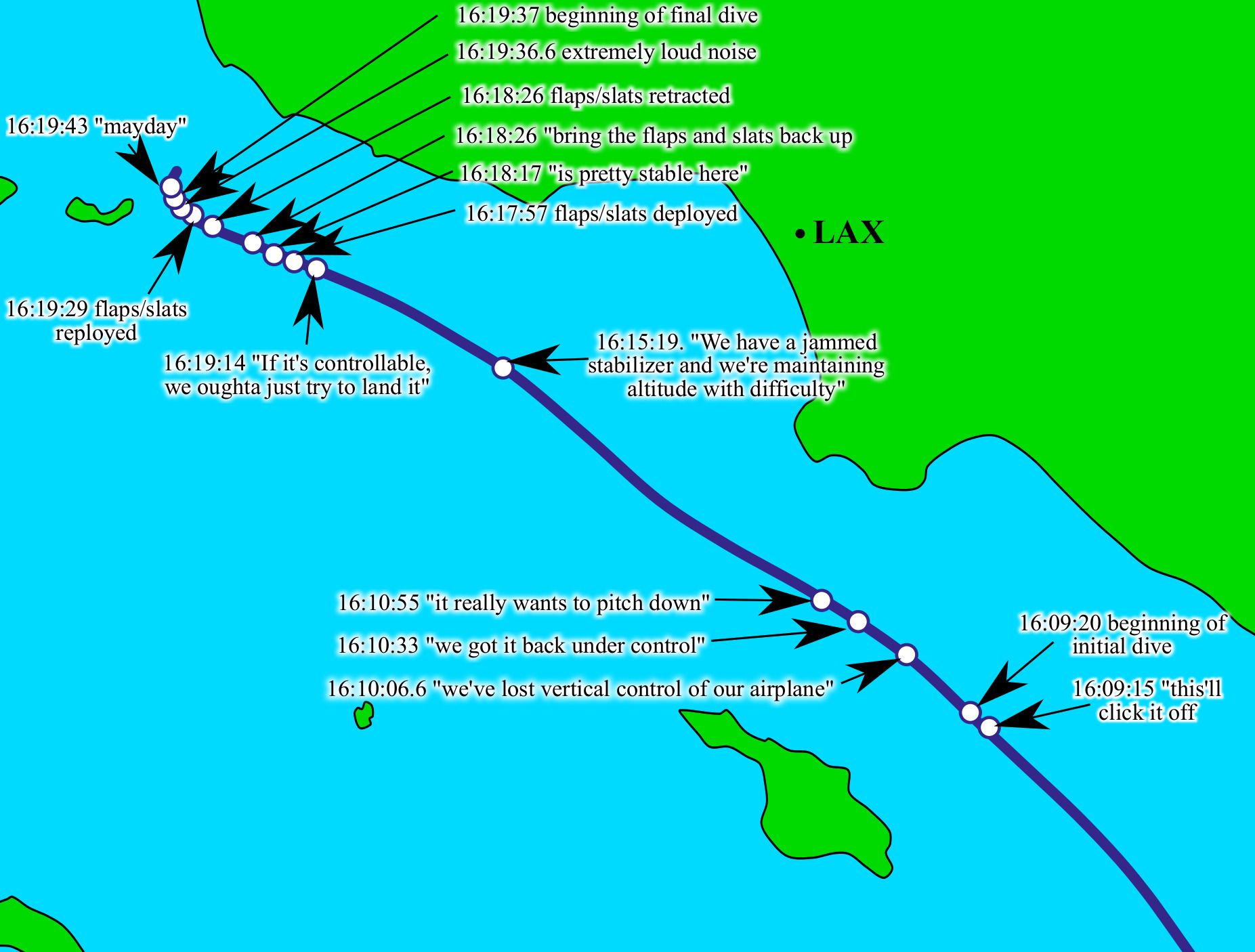Summary
- "Flight" is a movie based on Alaska Airlines Flight 261, but not a true story.
- The movie portrays an alcoholic pilot who saves most passengers after a crash landing.
- The NTSB blamed Alaska Airlines for the actual crash of Flight 261 due to poor maintenance.
Robert Zemeckis's 2012 movie "Flight" was so realistic that cinema lovers wondered if the film and actor Denzel Washington's performance was based loosely on an actual incident. In the movie, the award-winning actor plays an alcoholic airline pilot called William 'Whip' Whitaker Sr.
The movie premiered at the 2012 New York Film Festival in October before being publicly released a month later. It was Zemeckis' first movie after the highly acclaimed film Castaway, starring Tom Hanks. The movie got favorable reviews from the critics, as did Denzel Washington's performance.
Washington plays an alcoholic airline pilot
The movie opens with Whitaker taking cocaine to stay awake after having spent a sleepless night in an Orlando hotel room. That morning, Whitaker was supposed to start the day with a flight from Orlando International Airport (MCO) to Hartsfield–Jackson Atlanta International Airport (ATL) in Georgia.
Shortly after takeoff, SouthJetAir Flight 227 MD-80 ran into severe turbulence, and First Officer Ken Evans took control while Whitaker discreetly mixed vodka and orange juice. Now sleeping, Whitaker is suddenly jolted awake as the aircraft goes into a steep dive. Whitaker immediately takes control of the aircraft and corrects the dive but is forced to crash-land the plane in a farmer's field. On impact, Whitaker hits his head and is rendered unconscious.
Hailed as a hero in the news for saving nearly everyone onboard, Whitaker knows nothing about the crash landing until he wakes up in an Atlanta hospital. The first person to talk with him was his old friend Charlie Anderson, who also happened to be the airline pilots union representative. Anderson tells Whitaker that, despite the severity of the crash landing, only two crew members and four passengers out of 102 people aboard the plane died. With co-pilot Evans still in a coma, Whitaker is discharged from the hospital and picked up by his drug dealer, Harling Mays.
The NTSB took a blood sample from Whitaker
Now convalescing on his father's farm, Anderson arrives to tell Whitaker that the National Transport Safety Board (NTSB) is conducting an inquiry into the incident and that they took a blood sample from him while he was unconscious. The results from the drug test performed by the NTSB showed that Whitaker was intoxicated. His lawyer, Hugh Lang, somehow managed to get the toxicology report thrown out of court on technical grounds.
During the court case, prosecutors presented evidence that an empty vodka bottle was found in the trash even though no drinks had been served on the flight. To cut a long story short, Whitaker breaks down and tells the court that he is an alcoholic.
The movie is based closely on Alaska Airlines Flight 261
Despite being a good tale, the movie is not based on an actual event, but it did use Alaska Airlines Flight 261 for inspiration. On January 31, 2000, Alaska Airlines Flight 261 took off from Licenciado Gustavo Díaz Ordaz International Airport (PVR) in Puerto Vallett, Mexico, for San Francisco International Airport (SFO) in California.
Shortly after takeoff, the plane, a McDonnell Douglas MD-80, suffered a jammed horizontal stabilizer. Unsure whether to divert to Los Angeles International Airport (LAX) or continue to San Francisco, dispatch instructed the crew to continue to SFO. After using the primary trim system to free the jam, the stuck horizontal stabilizer quickly moved into an extreme nose-down position, forcing the aircraft to dive toward the ocean.
Somehow, the pilots corrected the dive and told air traffic control that they were diverting to LAX. Several seconds later, the horizontal stabilizer failed, and the aircraft went out of control. The plane crashed into the Pacific Ocean, killing all 88 passengers and crew.
In its report into the incident, the NTSB blamed Alaska Airlines for poor maintenance and issued 24 recommendations, one of which was that in the event of a flight-control system malfunction, pilots should not attempt corrective procedures and should land at the nearest available airport.



